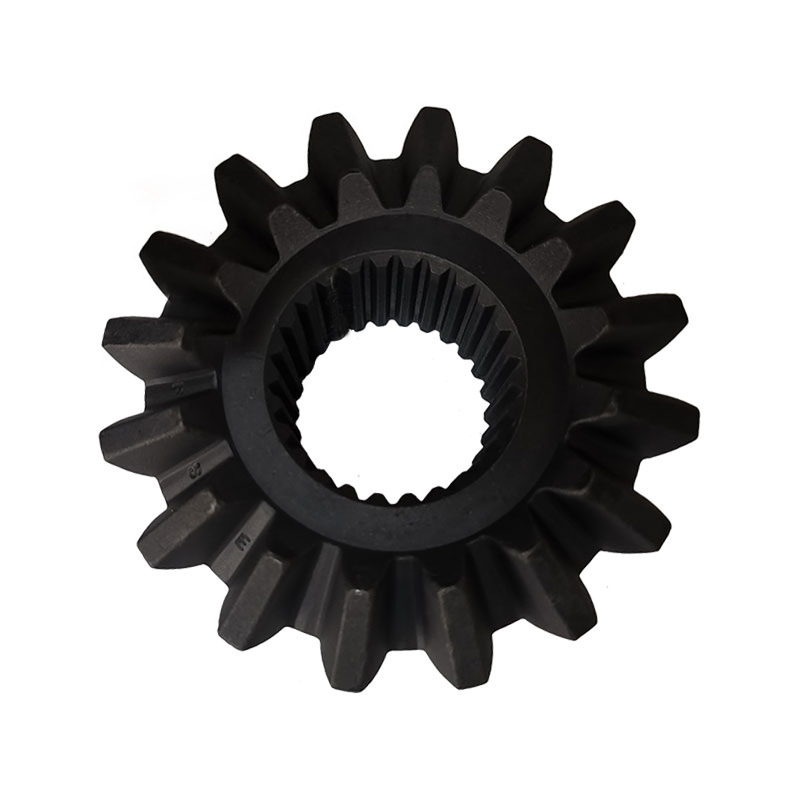Generally, there are two reasons for gear transmission […]
Generally, there are two reasons for gear transmission noise. On the one hand, when the gears are engaged, because the gears and gears will slide between each other, a force is generated, that is, friction, and at the same time its direction Changes will also occur continuously. During the collision, the meshing impulse will appear, which will cause noise; on the other hand, when the gear is vibrating, it will often affect the air in the reducer to a certain extent. It plays an exciting role. Since air itself can expand and compress, when it is affected by vibration, it will naturally expand or compress, and it will also generate sound waves and form noise.
Reasons for noise in gear transmission
When the gear is in transmission, it is affected by many different factors such as assembly accuracy and manufacturing accuracy, so it will cause noise.
1. Mesh impact
When a pair of gears are meshing, the gear teeth will receive force, so impact deformation will definitely occur in this process. However, after the new gear teeth are meshed, the meshing load of the previous gear teeth is reduced to a certain extent, so the part of the gear deformed by the impact will return to its original shape, giving the gear body tangential acceleration. At the same time, because the previous gear teeth changed their original shape after meshing, the new gear teeth could not get the smooth contact of the theoretical tooth profile when meshing, so there was a collision phenomenon, and finally meshing momentum. When the gear is affected by the impact force, it will definitely cause it to produce a variety of vibrations such as axial, radial and circumferential, so noise appears.
2. Pulsating shock
When the involute gear is in transmission, the contact points of the gear teeth in the gear usually move in sequence on the meshing line. After a series of studies, it is shown that because the position of the meshing point is constantly changing when the gear is transmitted, the speed generated by the sliding between the tooth profiles on the meshing line will also be different. The start and end of the meshing The point is the largest among them, and the sliding speed of the pitch circle tangent point is zero. In addition, the magnitude and direction of the sliding speed will also change. Because of the appearance of these reasons, the friction force will definitely change, thus producing the pitch line impulse. There is a direct and close relationship between the sliding speed of friction and the magnitude of the pitch line impulse. Therefore, the gear friction will gradually weaken with the increase of the gear transmission power, and the pulsating impact will gradually increase. There is no way to prevent the occurrence of pulsation shock when the gear teeth are meshed, and the occurrence of pulsation shock will inevitably cause the gear to vibrate, thereby generating noise.
